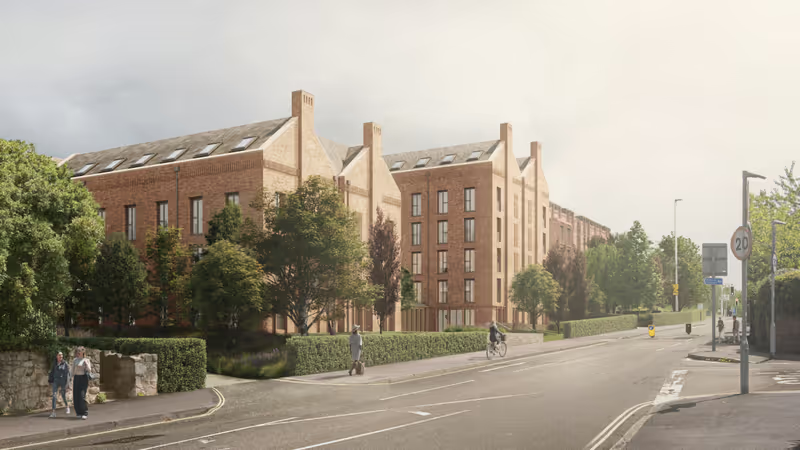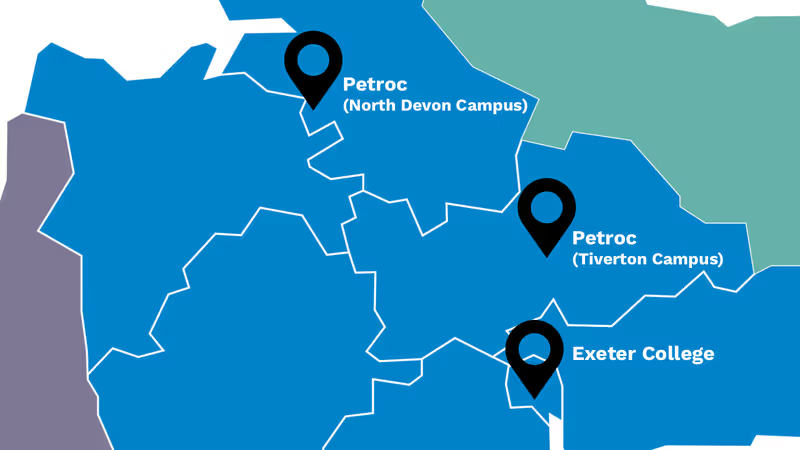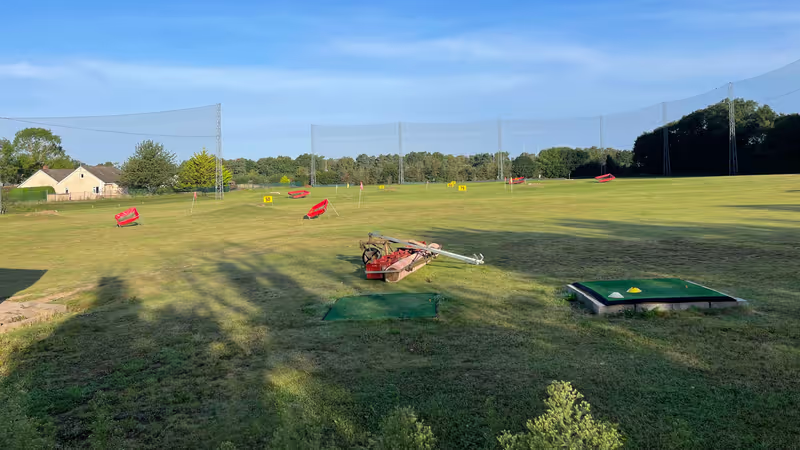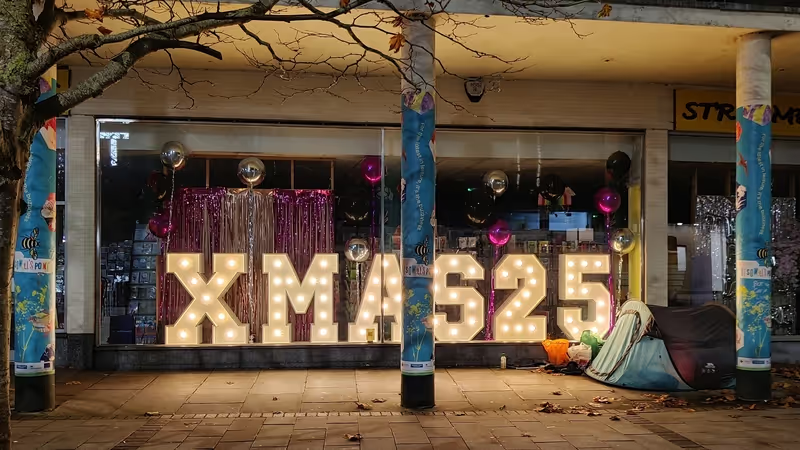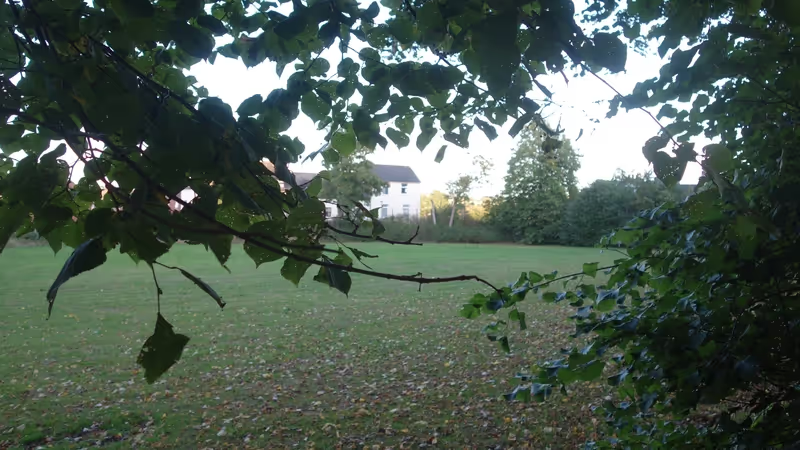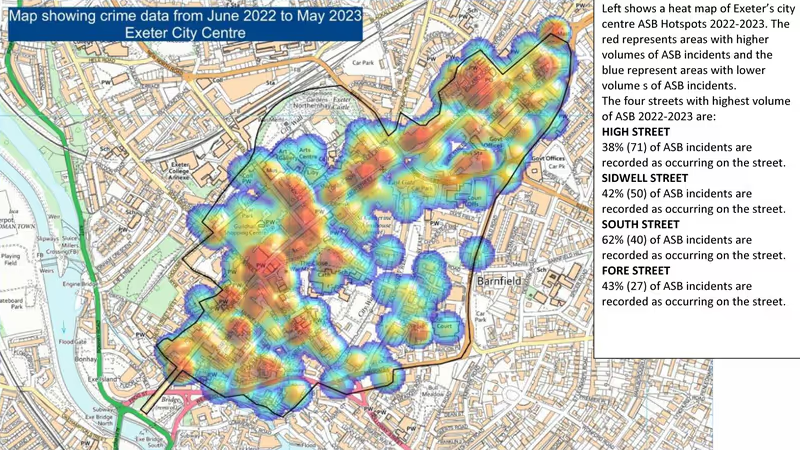Exeter City Council has refused an application to build a “co-living” complex in Victoria Street after it was revised to reduce the number of bedspaces from 101 to 89 but still deliver five times the recommended residential occupancy density for the area.
A report by a council planning officer says the scheme would have provided a “substandard level of accommodation”.
It adds that its “height, scale, positioning and massing” would not be “in keeping with the fine urban grain of the surrounding area” and would have “unacceptable amenity impacts” on its neighbours.
A council planning permission refusal notice says that the proposals contained “conflicting information on private spaces and access” and did not provide adequate internal or external amenity space for prospective residents.
It also says the scheme’s developer had failed to demonstrate that external lighting, combined with the removal of trees, would not cause significant harm to lesser horseshoe bats that pass along the railway cutting bordering the site’s south-eastern boundary.
The council said it had engaged with the applicant in a “positive and proactive way” and had “looked for solutions” to facilitate the development. However, it said the proposals remained contrary to a range of planning policies and should be refused.
 Victoria Street co-living complex development proposal site. Image: Westworks.
Victoria Street co-living complex development proposal site. Image: Westworks.
Shopland Gray Developments applied to construct a 3,200m2 complex of three, four and five-storey blocks containing 101 bedspaces on the 0.59 acre site in Victoria Street in July last year.
The development would have entailed the demolition of an eight-bedroom Victorian villa and the adjacent Lions Holt vehicle repair garage previously occupied by Vanborn & Radford.
In January the city council told the developers that it was “unlikely to support the proposed scheme due to a number of concerns relating to its design and its likely impacts on adjacent residential properties”.
A revised scheme was then submitted for approval in March which included twelve fewer bedspaces. Other changes included reductions in the height of the scheme’s central and northern blocks alongside increases in the height of infill blocks on its south-eastern boundary.
This would have reduced the density of the development from 420 to 370 dwellings per hectare, which would still have been nearly five times the residential density recommended in the density study which forms part of the new Exeter local plan evidence base.
The developers claimed that the “redundant” brownfield site was of “limited value overall” and said that both south and north blocks would be “located on a brownfield area” despite their intended position on the gardens at the front and rear of the villa that comprise most of the site.
They also said that there is “a strong imperative within both the adopted and emerging development plan to optimising [sic] the use of brownfield sites in sustainable locations - such as is proposed in this instance - to bring forward new forms of housing such as co-living’.”
 Victoria Street co-living complex revised development proposal view to North-West. Image: Westworks.
Victoria Street co-living complex revised development proposal view to North-West. Image: Westworks.
The council described the proposed scheme density as “overdevelopment” but did not connect its density with its substandard co-living design.
Instead it revisited claims by council development director Ian Collinson, made during a planning committee meeting that approved co-living developments at Summerland Street and Exeland House in January, that there was evidence that demonstrated a need for co-living development in Exeter.
No such evidence exists. The council report on the Victoria Street scheme cites a Local Housing Needs Assessment, now two years old, that also forms part of the new Exeter local plan evidence base.
It admits that this assessment, which only spends one of its 133 pages considering co-living, actually says only that this form of accommodation “may” address the combined impacts of the extraordinarily rapid rise in University of Exeter student numbers, increased demand for social housing, changes in the benefits system and rising private rents in the city.
It also acknowledges that this assessment found that single young person households are expected to decline significantly in Exeter over the next fifteen years, concluding that its “projections would envisage little role for this type of dwelling”.
 Victoria Street co-living complex revised development proposal view to North-East. Image: Westworks.
Victoria Street co-living complex revised development proposal view to North-East. Image: Westworks.
The council officer’s report also admits that the Local Housing Needs Assessment concludes that “it is difficult to project a need for studio apartments or co-living schemes” and that the council’s “policy-led” approach risks “an over-supply of small dwellings which would exclude the ability of families to form in the area”.
However, instead of recognising that the council using its planning powers to artificially stimulate the supply of co-living does not demonstrate demand for its provision, the report goes on to say that the lack of demand actually means that there is “no evidence to demonstrate that it is not a suitable model” for Exeter.
It then quotes the housing needs assessment, which ignores Exeter’s low employment and graduate retention rates, to conclude – without evidence – that “the scale of the student numbers in Exeter would suggest that there is a market for post-student self-contained units”.


